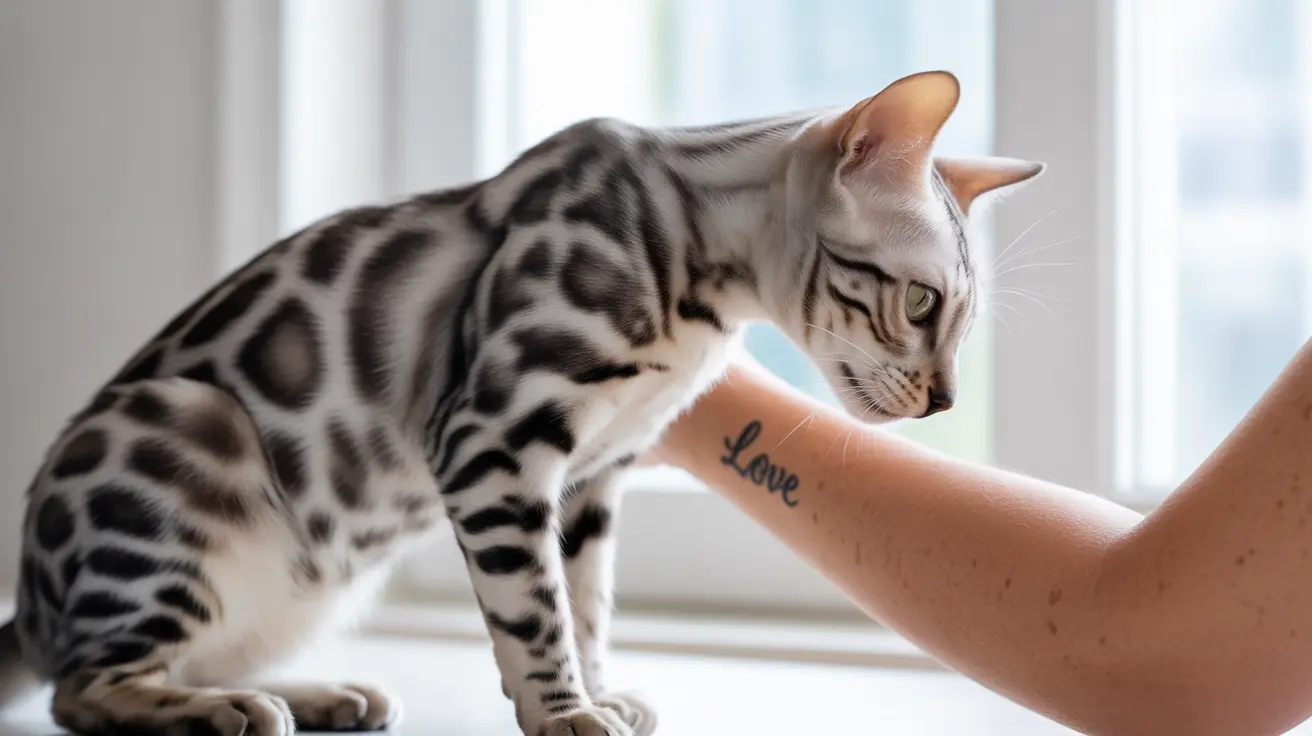Can Cats Detect Cancer Through Smell?
While cats are known for their remarkable sense of smell, the scientific evidence supporting their ability to detect cancer in humans remains largely anecdotal. Unlike dogs, which have been extensively studied and proven capable of cancer detection, cats' abilities in this area haven't been validated through controlled clinical trials.
However, cats do possess an impressive olfactory system that's far more sophisticated than humans'. Their olfactory mucosa spans approximately 5.8 square centimeters, enabling them to potentially detect subtle changes in their owners' body chemistry, including volatile organic compounds (VOCs) that may be associated with cancer and other diseases.
Common Behavioral Signs Reported by Pet Owners
Changes in Attention and Physical Contact
Many cat owners have reported distinctive behavioral changes in their pets prior to cancer diagnosis. These behaviors often include:
- Increased clinginess or attention toward their owner
- Persistent focus on specific areas of the body
- Unusual pawing or nuzzling at particular spots
- Extended periods of lying on or against certain body parts
Alterations in Daily Routines
Cats may also display changes in their normal routines when potentially detecting illness:
- Modified sleeping patterns, especially sleeping closer to their owner
- Increased vocalization or meowing
- Changes in their own eating or grooming habits
- Unusual protective or guardian-like behavior
The Science Behind Cats' Olfactory Abilities
Cats' potential to detect cancer stems from their highly developed sense of smell. Tumors can release specific VOCs and produce metabolic byproducts that create distinct odor signatures. When tissue undergoes necrosis, it releases compounds like cadaverine and putrescine, which have strong, characteristic scents that sensitive noses might detect.
However, it's important to note that these same odors can also be produced by non-cancerous conditions, including infections, inflammation, and wounds. This overlap makes it difficult to definitively attribute a cat's behavior to cancer detection specifically.
The Importance of Medical Verification
While stories of cats detecting cancer are compelling, they should never replace proper medical screening and diagnosis. If your cat displays persistent unusual behavior focused on a specific area of your body, consider it a prompt to seek medical attention rather than a diagnosis in itself.
Medical professionals emphasize that regular cancer screenings and check-ups remain the most reliable methods for early cancer detection. Any concerning changes in your health should be evaluated by a healthcare provider, regardless of your pet's behavior.
Frequently Asked Questions
Can cats really smell cancer in their human owners?
While cats have an excellent sense of smell and there are numerous anecdotal reports, there is currently no scientific proof that cats can reliably detect cancer in humans. Unlike dogs, cats haven't been subject to controlled studies validating this ability.
What behaviors do cats show if they detect cancer in a person?
Reported behaviors include increased attention to specific body areas, persistent pawing or nuzzling, unusual clinginess, and changes in sleeping location. However, these behaviors are not definitive proof of illness detection.
How does a cat's sense of smell compare to a dog's for detecting illnesses like cancer?
While both cats and dogs have superior olfactory abilities compared to humans, dogs have been extensively studied and proven capable of cancer detection through controlled trials. Cats' abilities, while theoretically possible, remain scientifically unproven.
Should I see a doctor if my cat keeps pawing or sniffing a specific part of my body?
Yes, if your cat shows persistent, unusual attention to a specific area of your body, it's wise to consult a healthcare provider. While the behavior itself isn't diagnostic, it's better to err on the side of caution with health concerns.
Is there scientific proof that cats can be trained to detect human cancer?
Currently, there is no peer-reviewed scientific evidence demonstrating that cats can be trained to detect cancer reliably. While their olfactory capabilities make it theoretically possible, formal studies validating this ability have not been conducted.
Conclusion
While the idea of cats detecting cancer through smell is intriguing and biologically plausible, it remains scientifically unproven. Their superior olfactory abilities and reported behavioral changes warrant further research, but should not be relied upon for medical diagnosis. Always consult healthcare professionals for proper cancer screening and diagnosis, using any unusual pet behavior as just one of many potential prompts to seek medical attention.






